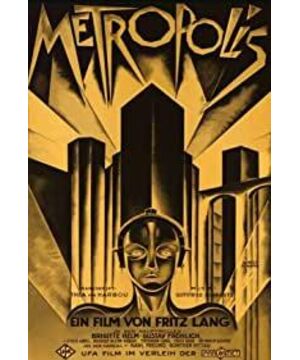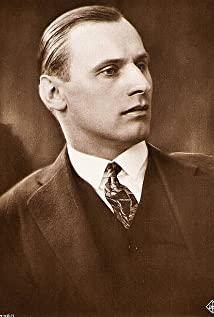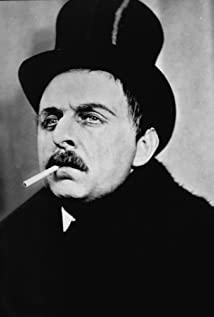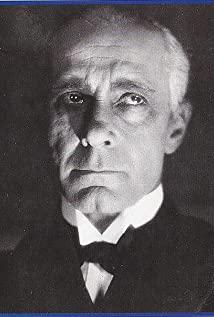Mist and composition (geometric regular composition-discipline and enslavement of workers in the factory system) futuristic set montage (witch maddened audience eye death, surreal colors) mirrors, scene transitions and symbols (from machines to Clock) twisted buildings, cramped spaces and the use of light and shadow
The witch - the instigator of the proletarian revolution Maria - the preacher of the faith, the factory son - the mediator between the capitalist and the proletariat; "The mediator of the hand and the brain must be the heart" embodies humanistic concern, another echo of the theme of "Three Lives" .
Some touches:
"Metropolis" skillfully uses a large number of symbolic and magical surreal lenses to express the living conditions of the workers and the subjective world of the protagonist - conveying ideas through the lens. Novels also have symbols, but the uniqueness of the form of the symbols of films lies in the sense of time and space substitution. Imagine the amazement and immersion of the audience in the theater at the sight on the big screen. For two and a half hours, I experienced a real time and space mixed with imagination, which is the aesthetic pleasure that the film can bring to people. This is absolutely different from the imitation of plastic arts and from the expression of spirit in words. Movies can make people enter another time and space and have a lifelike experience. This process is a kind of abstraction from reality. Movies use their language to bring viewers a more authentic and intuitive experience, and good movies elevate that experience to beauty.
Cinema is an art about time and space, and the viewing experience is the fusion of the individual and the image, regardless of whether a film incorporates the practice of alienation. And that's why I think movies should still be best seen in theaters.
View more about Metropolis reviews











